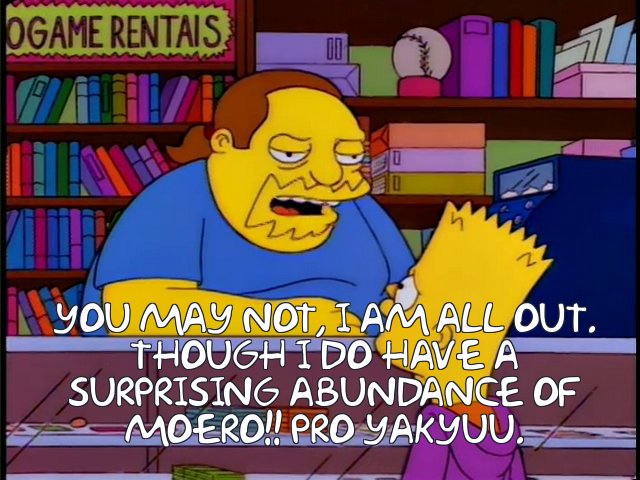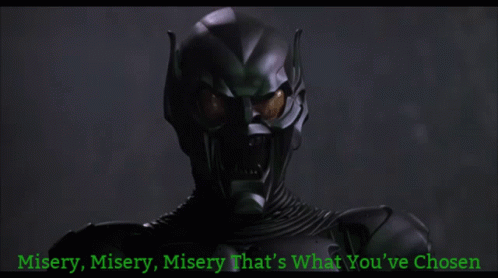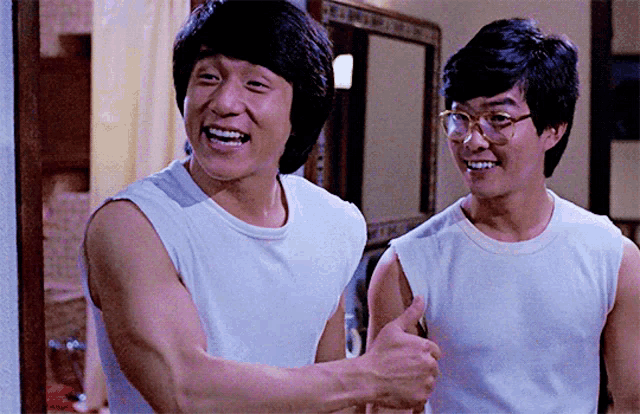Continuing on from last week, we go from Hang On II to just plain ol' Hang On. But this in no way feels like a downgrade; quite the contrary. With Hang On (and Teddy Boy Blues), Sega brings its home hardware into line with Nintendo's Famicom/NES, boosting the basic SG-1000 architecture with a monstrous upgrade to its graphical capabilities and essentially creating a new console in the process. The continuity created between Hang On and Hang On II offers a remarkably convenient way to compare the SG-1000's state of the art with the capabilities of its successor, and frankly, there simply is no comparison.
Also in this episode: Notes on the Mark III hardware (which will be expanded when we make it to the Master System's U.S. launch) and extensive rumination on the history of pop idol video games. We're not done with SG-1000, though, so we'll resume exploring Mark III/Master System once that little journey is complete.
Master System footage in this episode was recorded from an FM/RGB-modded Mark III SG-1000 with region converter passthrough. SG-1000 footage captured from a combination of Sega SG-1000 II with (with Card Catcher) and
@Analogue Mega Sg with card adapter module and DAC. Vintage hardware mods courtesy of
@iFixRetro. NES/Famicom footage captured from
@Analogue Nt Mini Noir. Video upscaled to 720 with
@Retro Tink 5X.






